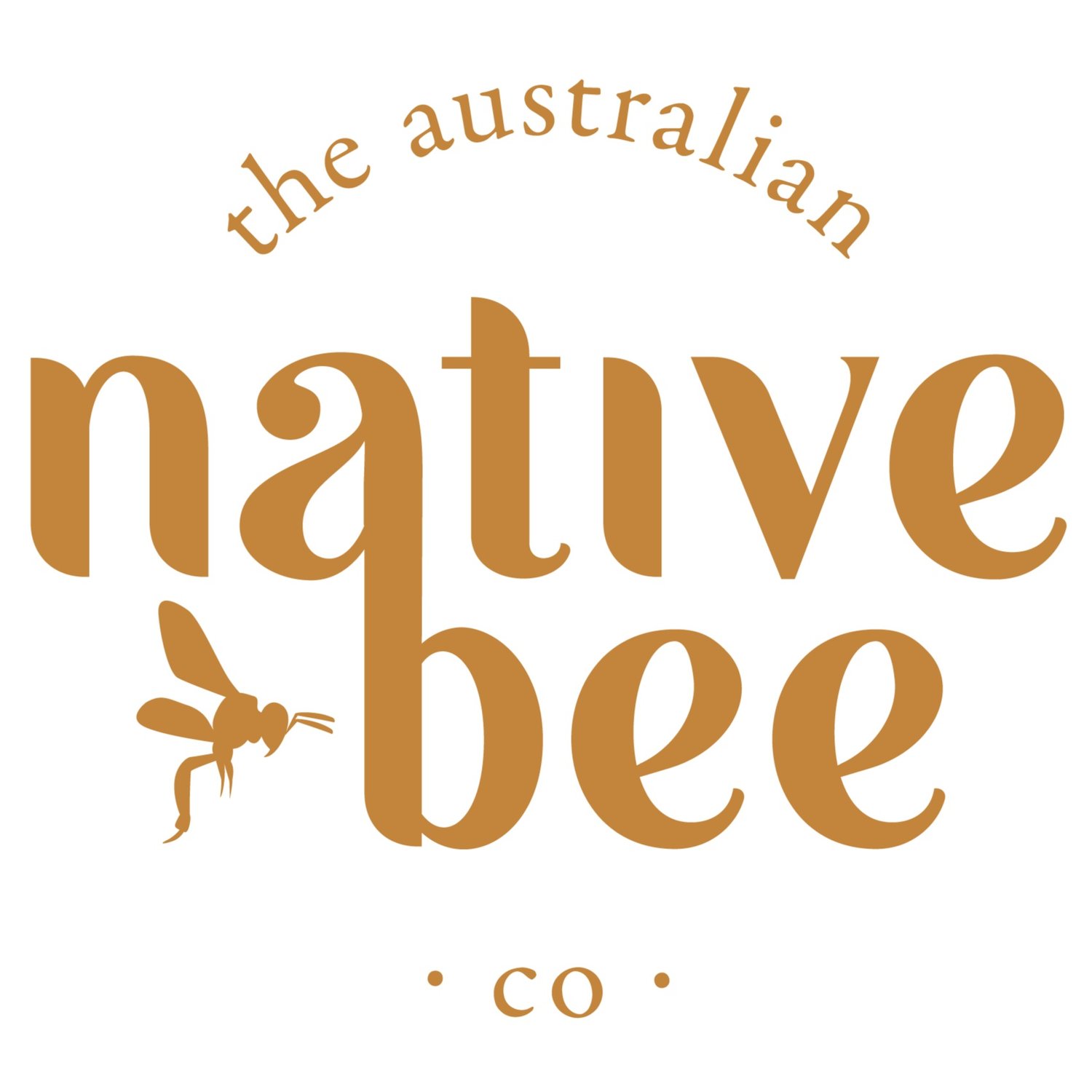How pollination provides better fruit, bigger nuts, and stronger plants
Whether you're growing macadamias, apples, tomatoes, or native bush foods, the quality of your harvest often depends on what happens in those few seconds when a pollinator makes contact with a flower. This month, we’re diving into what really happens during pollination, why cross-pollination matters, and how this natural exchange can improve everything from nut size to seed diversity in your garden.
Pollination is the transfer of pollen (the plant's male genetic material) from the anthers (the pollen-producing part of the flower) to the stigma (the female part).
This transfer is usually made possible by pollinators such as native bees, flies, beetles, butterflies, and even birds. As they feed on nectar or collect pollen, these visitors brush up against the flower’s reproductive parts and can carry pollen from one plant to another. Once the pollen lands on the stigma, it travels down into the ovary where fertilisation takes place, leading to the formation of seeds—and, for fruit and nut plants, the development of the fruit itself.
Some plants can self-pollinate, but many—including macadamias, apples, and most stone fruit—benefit greatly from cross-pollination, which is the transfer of pollen between two different tree varieties of the same species.
Cross-pollination promotes genetic diversity, which results in:
1. Better Fruit and Nut Quality: Cross-pollinated plants often produce larger, better-formed fruit or nuts, with improved texture, flavour, and consistency. For macadamias, cross-pollination is known to increase nut size and reduce the number of empty or immature kernels.
2. More Consistent Yields: When two compatible varieties are nearby, the chances of successful fertilisation rise dramatically—meaning more flowers turn into fruit or nuts. This leads to higher and more reliable yields year after year.
3. Stronger Seedlings: Seeds produced from cross-pollination can have a greater genetic resilience, which means healthier offspring with improved disease resistance and local adaptability.
Encouraging pollination starts with creating a garden that welcomes pollinators:
Plant flowering plants that bloom across the seasons (There are many native and exotic species that pollinators have a preference for)
Avoid pesticides, especially during flowering time.
Choose compatible plant varieties—especially for fruit and nut trees like macadamias that benefit from a pollination partner.
Provide habitat for bees, including bare soil for ground-nesting species and bee hotels for solitary bees.

